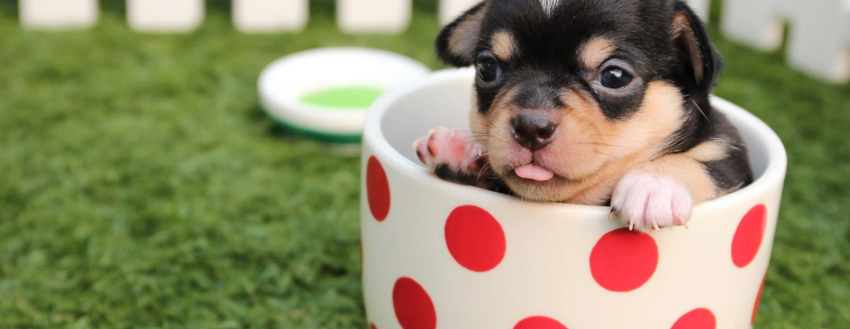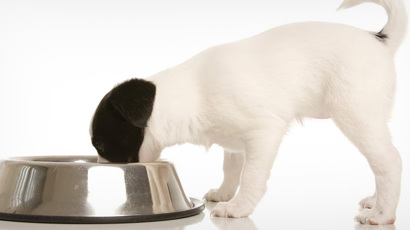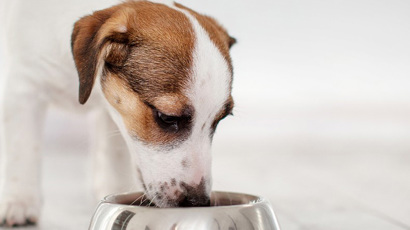Bringing home a new puppy - Setting up
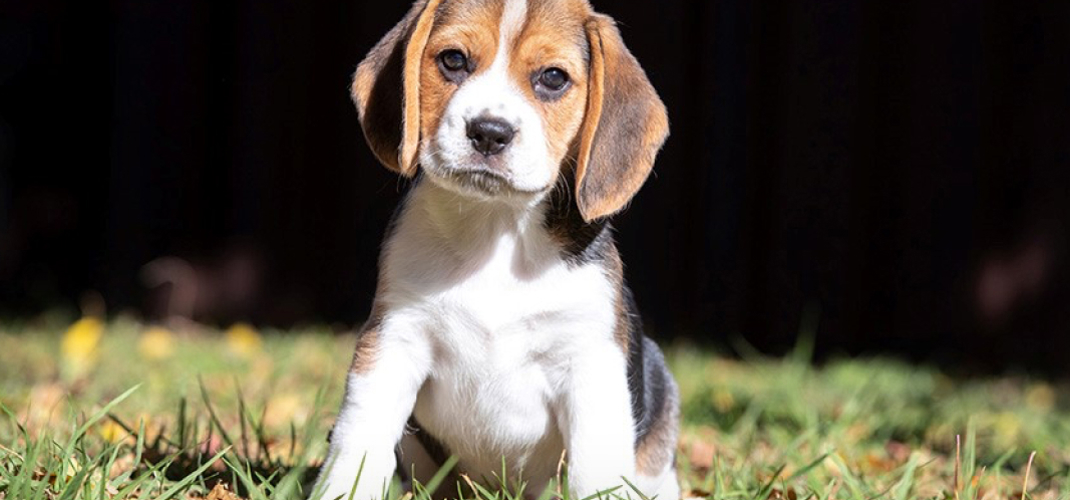
There’s so much to do and think about amongst the excitement of getting a puppy, and it’s all good news for the new addition to your family.
Ongoing health and happiness is about keeping them safe, encouraging good habits, and ensuring they grow up with absolutely everything that’s needed, so they become the picture of vitality and spirit that they’re destined to become.

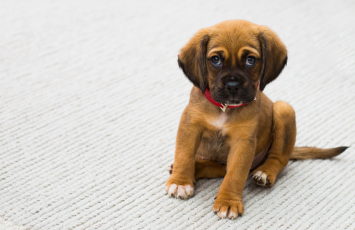
Tips which will help you give your puppy the best start in life.
Puppy-proof your home.
Look out for hazards within puppy range (get on your hands and knees!) including electrical wiring, poisons (plants and chemicals), small objects that may be picked up, chewed and even choked upon, and anything delicate that’s likely to be toppled over and collided with. Be sure to secure the ‘no-go’ areas and restrict access to certain parts of the house until the pup is properly settled and brief other members of the household, especially children, prior to the puppy’s arrival. Teach everyone to handle your pup gently and discourage human behaviours that could be threatening or challenging, such as fast movements or sustained eye contact. Let everyone know what kind of puppy you’re hoping to raise, and encourage them to be consistent in the way they interact with them.
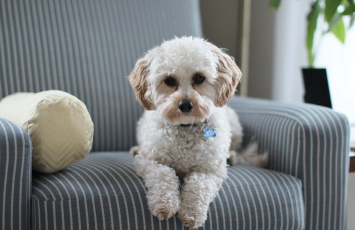
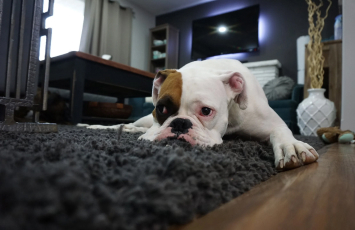
Be sure to consider the needs of your breed.
You no doubt have done some research before choosing your ‘dog-of-best-fit’, so remember to keep their breed characteristics in mind. This will include not only their looks, but their behaviour and general temperament. This influences the way they interact with you and other members of the family, other pets and the way that they relate to the world around them. Your preparations should take this into account.
What they’ll need in terms of grooming.
As above, their breed will dictate their coat type, as will their lifestyle and environment, and your commitment to grooming them includes putting some time aside to train them into accepting this attention, but also purchasing the right equipment. Well qualified dog groomers are great sources of advice.
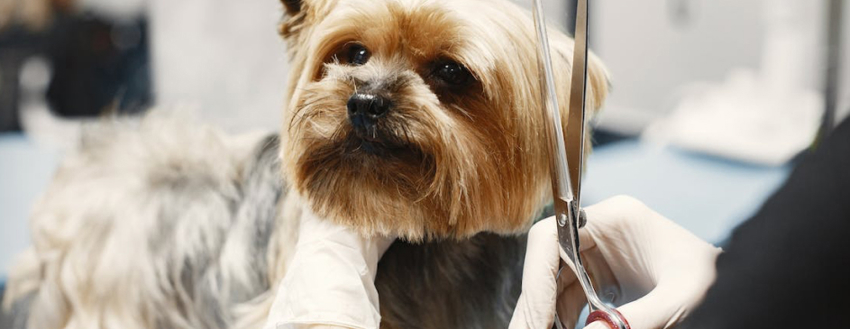
Consider exercise, activity and socialisation.
When they’re particularly young, and while their immune systems are developing, activity will be limited to heaps of cuddles, home-bound playing, exploring the house and eventually the yard. Once vaccinations have protected them from ‘the nasties’ out there, it’s critical that they start socialising with dogs outside of their immediate household. A good trainer and your veterinary team will attest, these early interactions are critical to their learning how to behave ‘amongst their peers’. Puppy parties are a great option too. As you move to more of an outdoor setting, your puppy will naturally exercise more vigorously, but be sure not to over-exercise and respect that we should wait about an hour after a meal before undertaking a load of activity.
Training and reinforcing best behaviour.
The key to teaching, whether it be good toileting, ‘sit and stay’, reduction of chewing or it’s important you understand the characteristics of the dog that you want, not just what it looks like. If you’re looking at a particular breed, you need to do as much research as possible into their health, behaviour and requirements, even things like, if you get a cute, fluffy dog, it needs a lot of grooming. If you’re not patient or competent with clippers, then you’ll be paying for regular grooming to prevent the dog from becoming matted and experiencing pain.
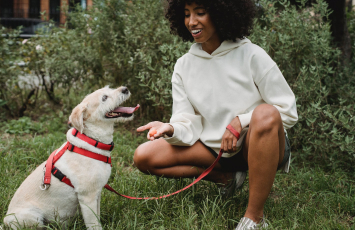
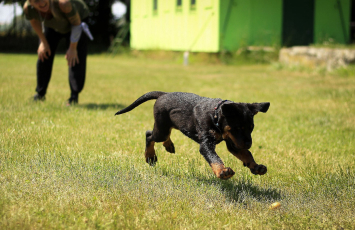
When it comes to cute, it’s hard to top a puppy.
These little animals are curious, fun-loving, snuggly and, what’s more, they become loyal companions. It’s no wonder that so many households have one. Be sure to consider the above points and take on the advice of trusted advisors around you: vets, vet nurses and other pet professionals are a great place to start, as often is your breeder and others with lots of experience in having a well behave and adjusted puppy of their own.
